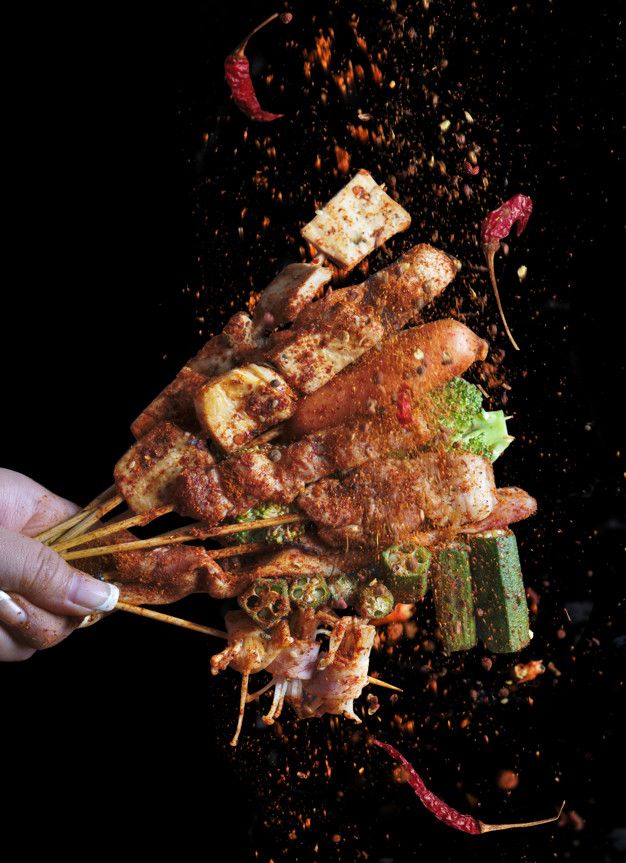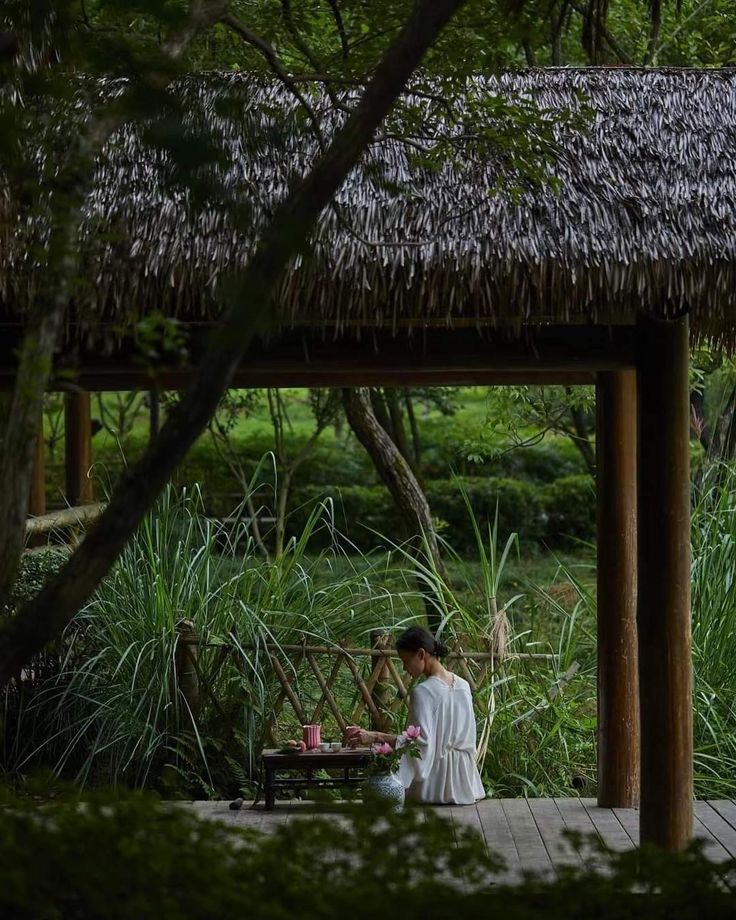Tea Grill Party: Unlocking a New World of Taste Buds
When the aroma of tea meets the roasting grill, a revolution in taste is brewing in the charcoal fire. This is not the street barbecue you remember, nor is it the quiet tea in the tea room - when the green tea powder leaps from the tea canister into the seasoning bottle, and when the smoke rising from the grill is wrapped in the fragrance of Longjing, we are witnessing a dialogue of flavours that transcends the millennium.

Chapter One: The Thousand-Year Relationship between Tea and Fire
In Hangzhou Longjing Village, the old stove, 78-year-old tea master Chen Bo has a special habit: always in stir-frying of spring tea, throwing a few pieces of sweet potatoes in the stove. He said: ‘Tea aroma should be grounded, firewood gas raised in the tea has a human face.’ This wisdom passed down for centuries, is the hidden clue to green tea's bond with the barbecue.
Modern food scientists have corroborated the ancient wisdom with data: the tea polyphenols in green tea produce a Meladic reaction in the 120-180°C range, which, when combined with meat proteins, generates 57 new flavour substances. This explains why steaks marinated in green tea always have a hint of caramelised almonds.
Chapter 2: Deconstructing the Magic of a Bottle of Seasoning
Our R&D team spent 728 days building an open-air laboratory at the foot of Longquan Mountain in Chengdu. The young buds of Taiping Monkey Kui picked early in the morning had to be killed, kneaded, and wadded within 3 hours - this is not tea making, but creating a breathing BBQ seasoning.
Three core processes are revealed:
Cold extraction and freshness locking technology: -196℃ liquid nitrogen instantly locks the ‘fresh spirit’ of the buds before Qingming.
Gradient grinding process: 20 mesh coarse particles to retain chewiness, 200 mesh fine powder to form a flavour coating.
Micro-encapsulated slow-release technology: allows tea polyphenols to be released in three stages during the barbecue process.

Chapter 3: Literati at the Barbecue Stalls
In a late-night diner in a Shanghai alley, the main manager, Ah Kun, plays barbecue as performance art. His secret menu reads:
Bamboo Shadow": the surface of the chicken wings is outlined with green tea powder to create the texture of ink bamboo, and the aroma of tea blossoms with the charred layers during charcoal grilling.
Raining Bells: squid whiskers marinated in cold-brewed green tea and sprayed with 10-year old Pu-erh mist while grilling.
Treading Snow: Lamb ribs are wrapped in Wuyi rock tea clay and stored for 12 hours, then sprinkled with freeze-dried green tea snow after grilling.
‘This is not grilling, it's painting with food.’ Food writer Lin Qingxuan commented after tasting it, ‘Every bite brings back passages from the Tea Sutra.’

Chapter 4: The Advanced Formula for Healthy Barbecue
In conjunction with the Food Laboratory of Jiangnan University, we spent three months tracking and testing and found that customers at barbecue stalls using green tea seasoning consumed an average of 37% less fat. This is due to the magical effect of green tea and animal fats - like putting ‘brake pads’ on the fats.
Health Index Comparison Table Traditional Barbecue Green Tea Barbecue
Fat Attachment 23% 14
Carcinogen HCA 4.2μg/kg Not detected
Vitamin retention 18% 63
Chapter 5: A Taste Revolution Created by All People
In Chengdu's ‘Tea Roast Lab’ bazaar, post-teens are creating a new generation of street food with green tea seasoning:
Electronic musician Ken's ‘Cyber Tea Fragrance’: ‘Current Lamb Loin’ made with green tea powder, garcinia cambogia and sugar. Hanbok enthusiast Xiaoman's ‘Qushuiqiu Skewers’: chicken cartilage threaded into a nine-curve shape and dipped in Liu'an Gua Si tea salt.
Egg white fireworks’ for fitness experts: chicken breast wrapped in green tea shells that pop when grilled
‘I used to think tea was for old men, but now I realise it's the universal interface in the BBQ world.’ Food blogger Barbecue Xi Shi exclaimed in a live broadcast that her video ‘Tea-scented Lava Cheese Shrimp Slider’ has been liked 2.87 million times.

Chapter 6: The BBQ Aesthetics of the 24 Seasons
At the time of hibernation, tender spring bamboo shoots are marinated in pre-mingming Longjing powder; at the summer solstice, sunny fried greens are paired with fat oysters; roasted duck at the autumn equinox is wrapped in white dew tea crumbs; and lamb at the winter solstice needs aged black tea to tame the fishy smell - this is the philosophy of the chef of Michelin-starred Tea Flame Beijing for the four seasons.
‘Good seasoning should not change the nature of the food, but like the tea ceremony ‘one period at a time’, so that each ingredient meets the most appropriate tea at the most appropriate time.’ As he said that, he lightly sprinkled Biluochun salt on the matsutake mushrooms that were being roasted, a gesture as if he was drawing eyebrows on the ingredients.
Epilogue: The Charcoal Fire That Never Goes Out
At the Star Grill Bar in Tokyo's Ginza, Mr Yamamoto, the head chef, has had green tea seasoning brought in from China.’ It's a match made in heaven with our hinoki charcoal,’ he says, shaking the wagyu on the grill net, ’Look at the grease dripping down, does it look like the foam from a tea brush?’
From the bamboo sea of Anji to the beaches of California, from the alleyways of Chongqing to the streets of Paris, when the aroma of Chinese tea wafts from grills all over the world, we finally understand: the so-called food culture is nothing more than simmering the fireworks of the world into poetry. The next time you barbecue, put a cup of tea next to the seasoning bottle - to the flavour that crosses the mountains and the sea, and to the life that is not defined.
